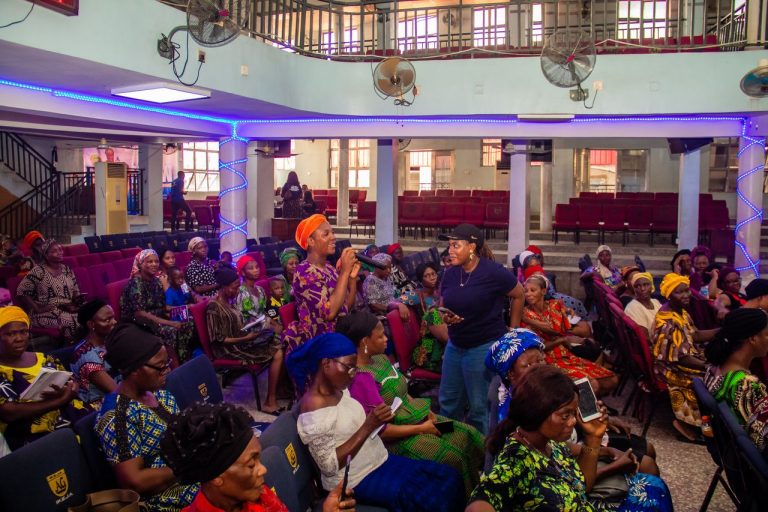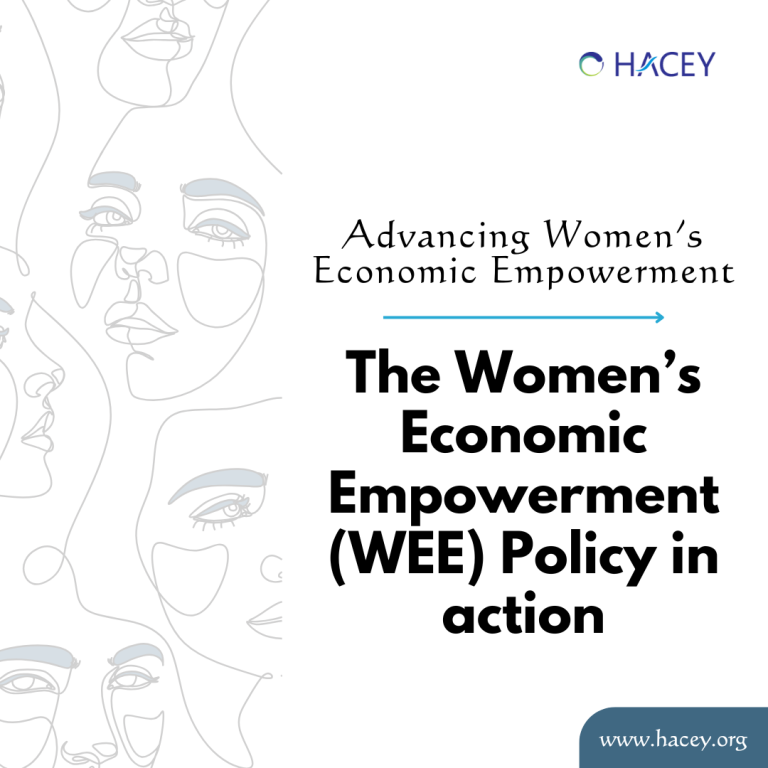Nkechi is yet to resume her school following the long-drawn battle between the Teachers’ Association and the Government over the rising cost of living. The resolution after the warring parties finally met resulted in a 30% increase (from 6500 Naira to 84500 Naira). Millions of students may be unable to continue their education after such an an increase. Moreover, this is just counting the number in the big cities. In the rural communities across the geopolitical zones of Nigeria, the long and short-term social cost has not been fully understood. Many of the communities within these locations are not adequately protected with gendered policies on livelihood, access to health, and education, but they do feel the burn from mal-aligned policies.
When a series of policies are set into motion by decision-makers, leading to inflation, the immediate cost is often the loss of currency. We often ignore the long-term cascade of gender inequality that is the true cost. The actual value (real cost) is that hundreds of thousands of Amina cannot go to school because of the high cost. Millions of Bisi who are just barely two years old will not be fed adequately and will be vulnerable to diseases that good nutrition programs in communities could have prevented. The living conditions in many families become far less desirable.
Amarachi’s parents work long, tiresome hours to provide for their family, risking their health. Nevertheless, they feel trapped with mouths to feed and sanity to maintain during this economic crisis. At just 14 years old, Amarachi must supplement their income by street hawking in dangerous neighbourhoods, making her vulnerable to harassment and assault.
As inflation escalates living costs, Amarachi’s family struggles to make ends meet. Her parents agonize over pulling Amarachi from schooling that could enable a better future. Instead, they consider marrying her off — rationalizing one less mouth to feed. If fortunate, a wealthy suitor may wed and care for Amarachi. But at what cost? Ripped from adolescence to become a bride, she will likely soon face the dangers of early pregnancy along with her husband’s demands. Her parents feel they have no choice, not even able to afford basic necessities like sanitary pads. But in making Amarachi’s womanhood synonymous with wifehood, they may sacrifice her safety and potential.
This is a well-worn story in many rural communities, highlighting the typical tradeoffs inflation forces upon many families in underserved communities. Pulling girls like Amarachi from school and livelihood opportunities will eventually lead to a vicious chain of exploitation, ill-health and intergenerational poverty.
The same thing is happening to millions of Nifemi in South West Nigeria. She goes to a community school that is poorly funded, does not have sanitation facilities or is built to be gender-inclusive. Many girls are absent from school several days a month while their male counterparts continue attending school work. Nifemi has already lost one of her elder sisters, Jibike, during a birthing process because they can not afford the fees at the primary health centres. Jibike suffered a postpartum haemorrhage, one that is a leading culprit in the high incidence of maternal mortality across the world. She could not get help before she lost her life.
What is the fate of many girls and women in these rural communities? Most of these communities are underserved or, worse, drawn into disasters such as flooding and crop failure fueled by climate change.
In many traditional communities, boys and men are expected to succeed at a skill to get a livelihood to feed their families. Girls often only get a chance at best to learn how to be wives and mothers or ‘housekeepers.’ Often, when the man in the typical family becomes deceased or suffers from a lifelong disability, the only source of income goes away, and life becomes a mirage. This is often the path to how communities become poorer because members are not armed with life-saving information such as how to generate and sustain an income-generating enterprise.
Through a series of trial and error, many communities wallow in endless loops of venereal diseases among young women (such as HIV/AIDS), highly risky birth processes, teenage pregnancy, child marriage, and low or no livelihood due to widespread information poverty. Additionally, without deliberate and conscious awareness of emotions and the skills to maintain a balanced state of mind, many individuals consign their power to make life-changing decisions on their finances and mental, physiological, and reproductive health to heuristic action or chance. They guess and hope that their lives will turn out great. But does it?
The Platform for Amplifying the Voice and Empowerment of Girls (The PAVE project) has been working with several underserved communities in Nigeria on evidence that with a certain level of support, a clear understanding and buy-in from various key actors at different tiers of government and local community if girls from underserved communities are exposed to a critical level of access to information: on reproductive health, mental health and are equipped with life skills on finance and leadership; their communities can be more resilient in the face of climate change and economic stress. By exposing the historically affected girls (as early as their adolescence) to these skills and knowledge, these emerging tribes of empowered girls have the creativity and capacity to drive a significant impact on their communities.
The PAVE Project is an initiative of HACEY with support from EMpower.


